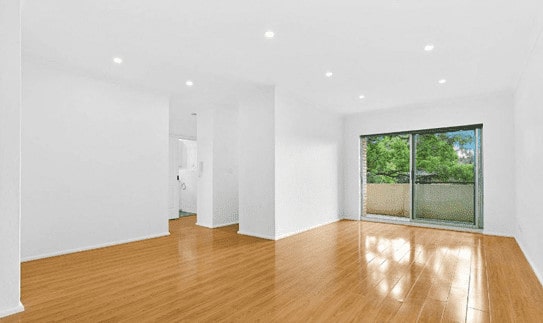The Numbers: TJ’s Investment Property
Type of Purchase
Rent
Expenses
Unfortunately, because TJ lived in the property for a few months before he rented it out, he was not able to claim any tax deductions for the depreciation on the property’s plant and equipment (Division 40) assets . But he can claim capital works (Division 43) deductions on the minor renovations he completed and the repainting that the previous owner did.
Without Depreciation vs With Depreciation Services
The following cost breakdown shows TJ’s cash position with and without depreciation in his first year of owning the property.
According to his Duo Tax depreciation schedule, TJ could claim $1,800 depreciation in his first year of renting the property out.
TJ’s numbers without a depreciation claim
TJ’s numbers with a depreciation claim of $1,800
Without depreciation, TJ would have to pay $8 out of his own pocket each week. However, by taking advantage of the Australian Tax Office’s tax breaks and making a depreciation claim, he started generating a small cash flow – $4 might not seem like much, but that’s $208 he is banking over the year as opposed to spending $416.
This means that Duo Tax was able to save TJ a total of $624 in his first year of claiming depreciation deductions.
The great thing about his depreciation schedule is that it’s valid for up to 40 years! So, TJ can continue saving money each year, as long as he continues to own the property.
Here’s How Much You Could Be Claiming
However, if you’re still feeling unsure about committing to ordering a depreciation schedule, we have designed a tax depreciation calculator to help you estimate what you could potentially claim on tax depreciation.
This is an accounting tool designed to help estimate and calculate the declining value of capital works and plant and equipment assets and relies on accurate figures to present accurate estimations.
Obtain your tax depreciation schedule in 3 easy steps.



